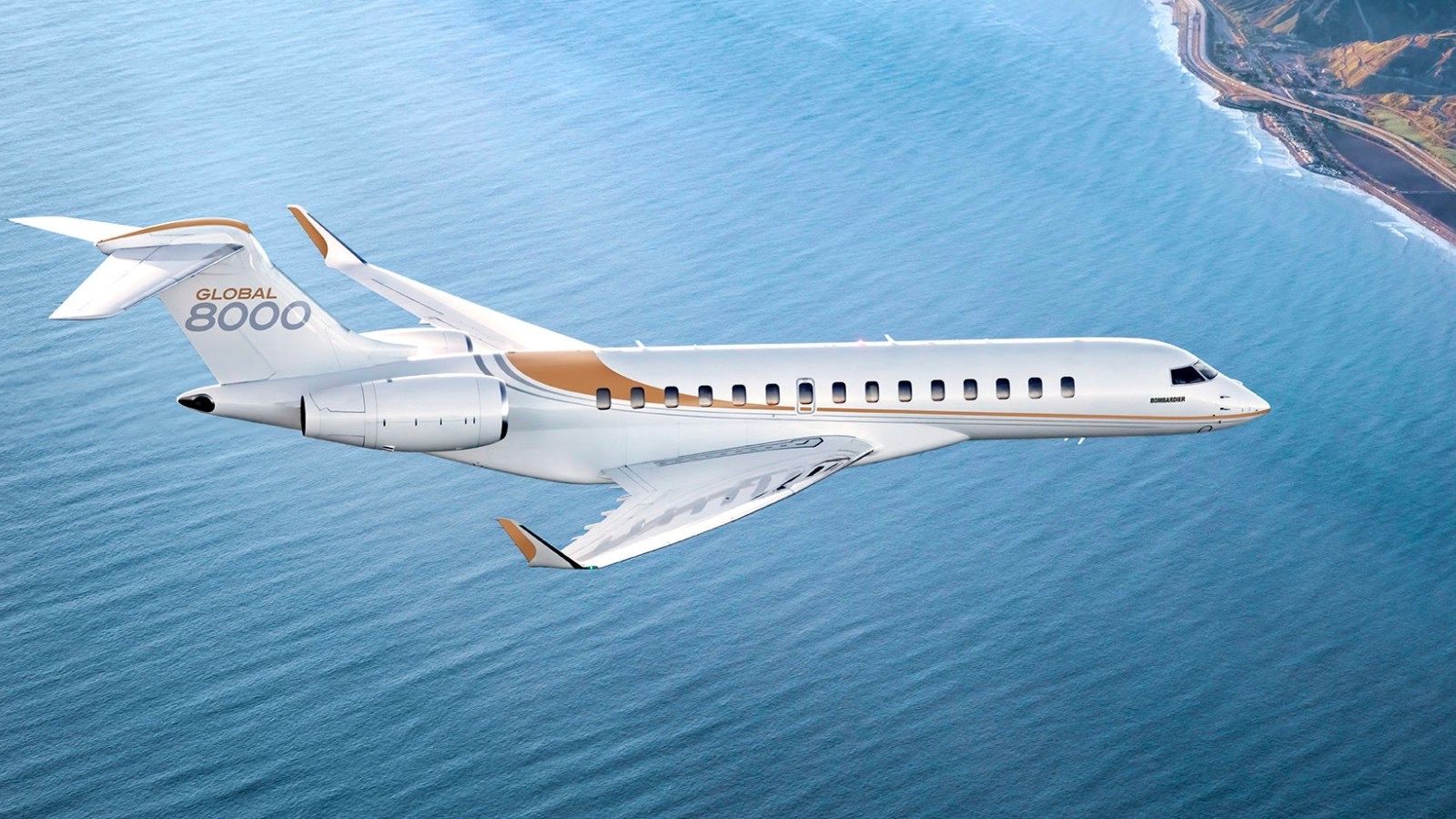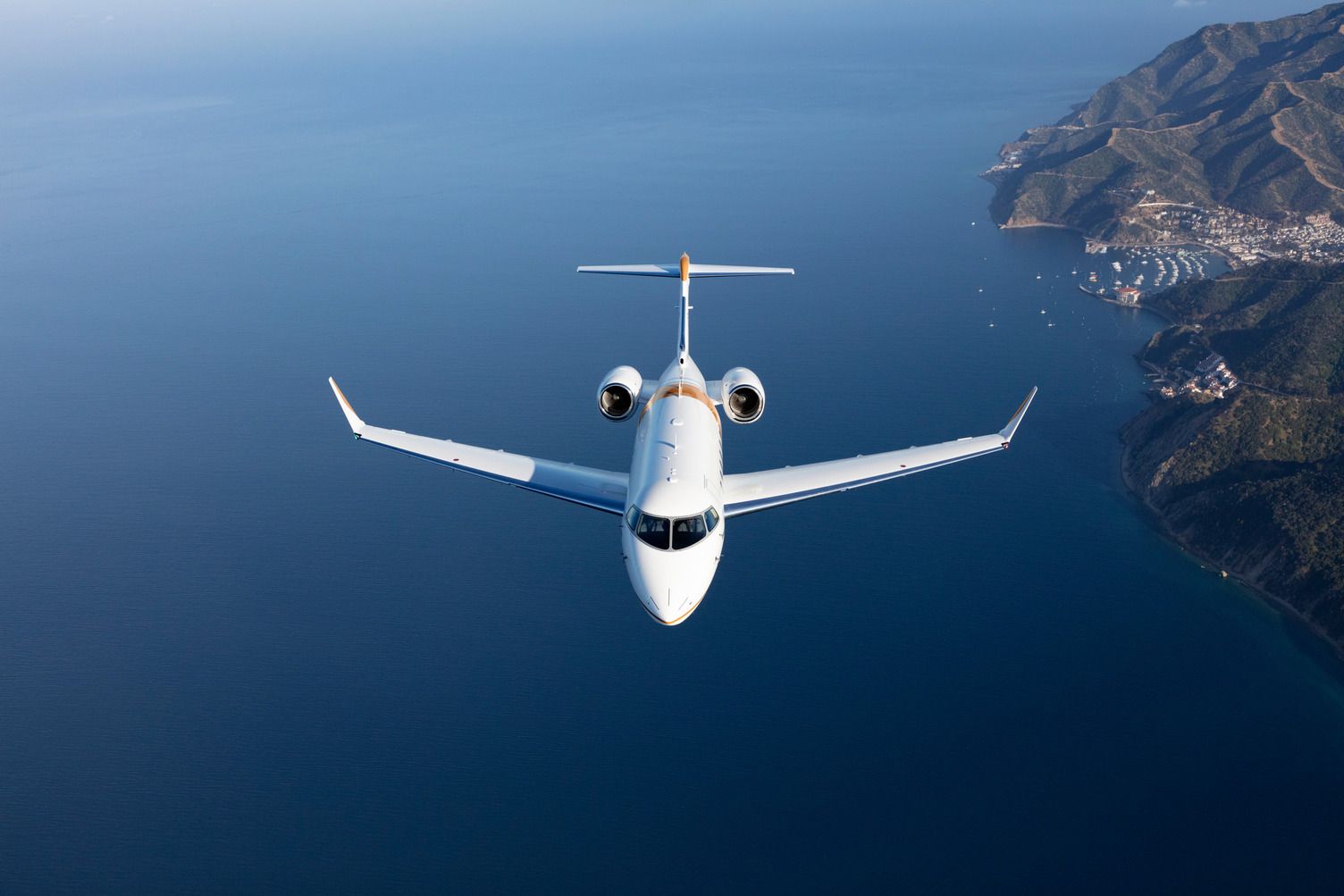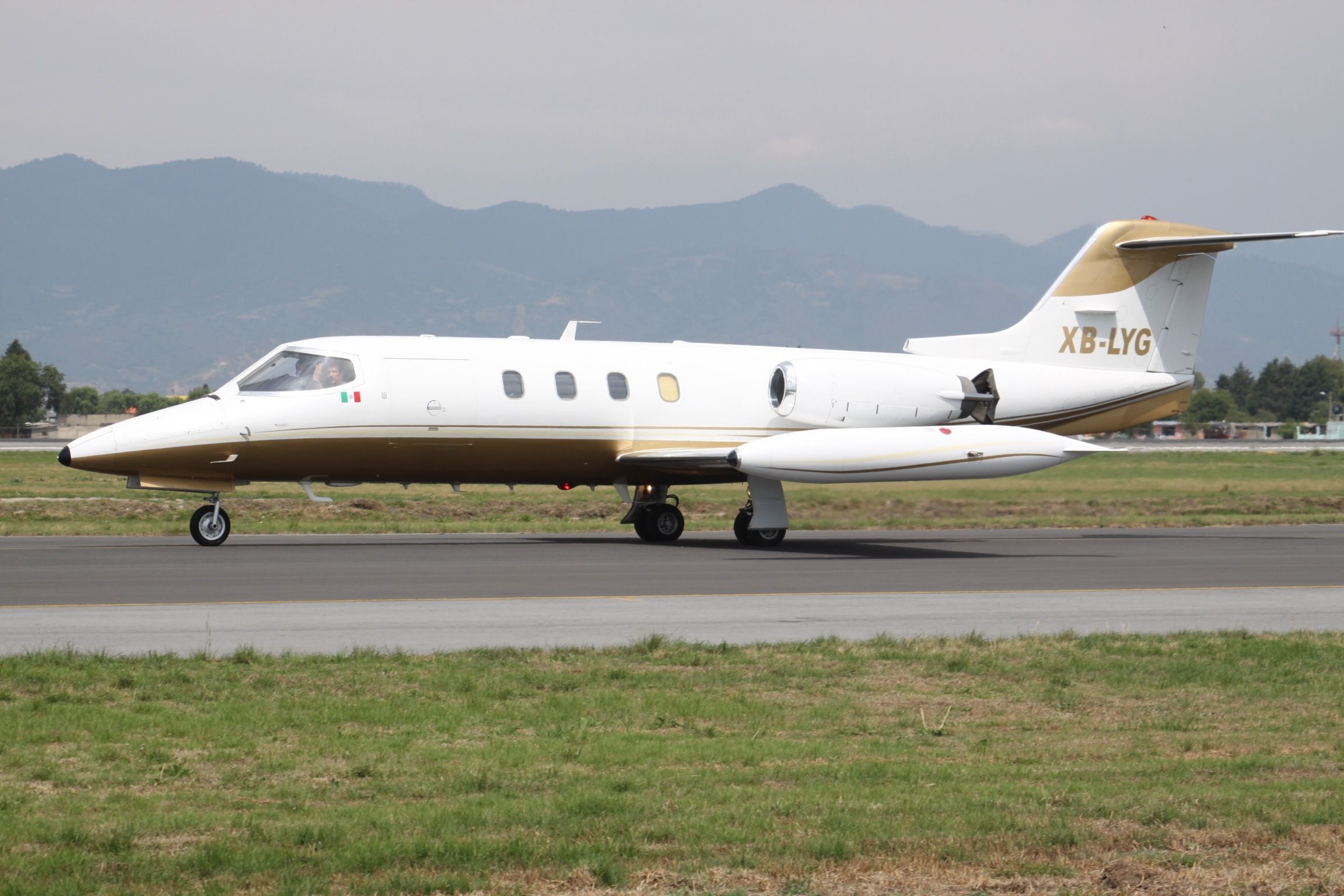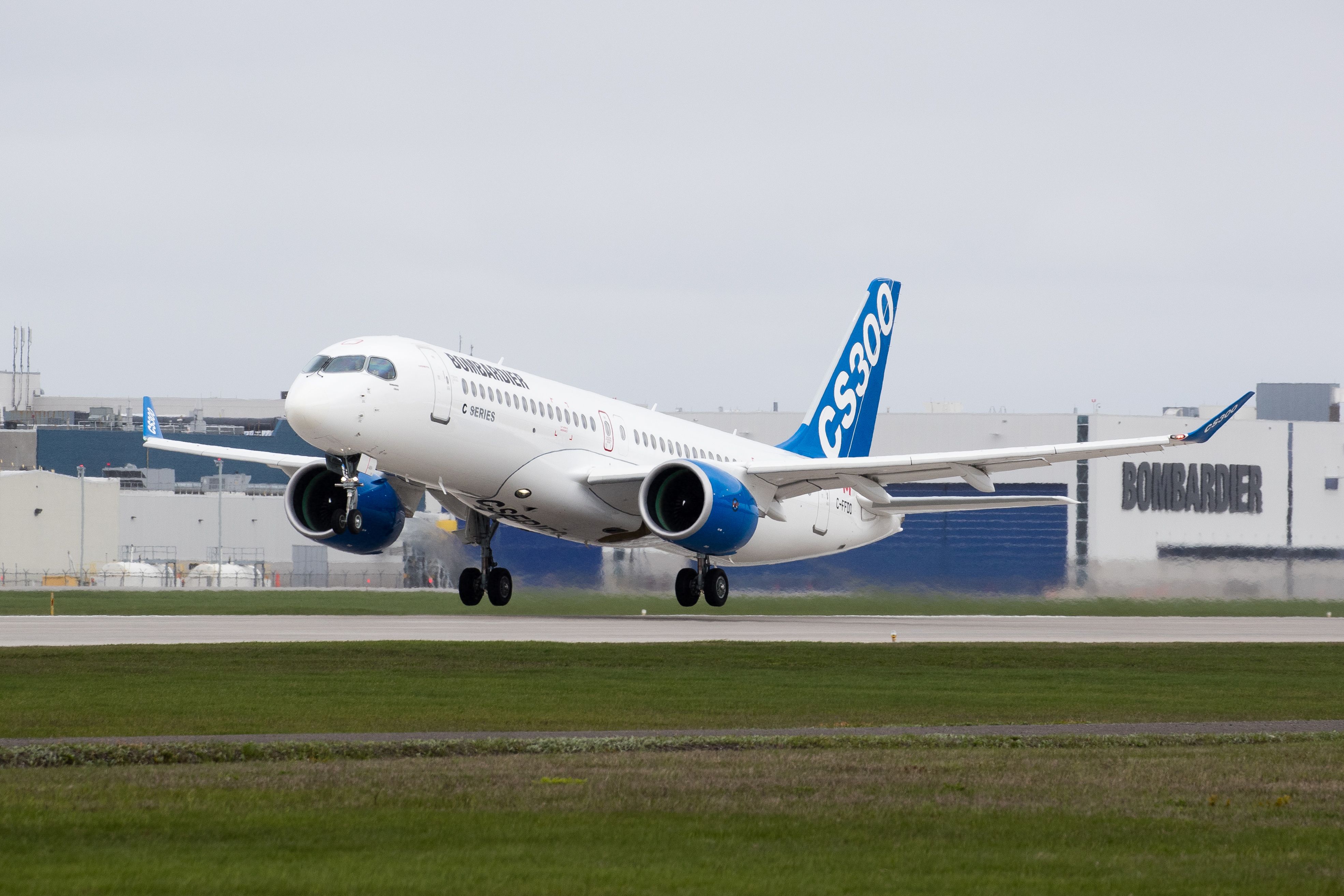Summary
- Bombardier, established in 1942, started with snow vehicles before diversifying into railways.
- Bombardier’s acquisitions, such as Canadair and Learjet Corporation, expanded its product line and propelled it to become a leader in the aviation industry.
- The Challenger business jet and Bombardier 415 Amphibian were successful programs that showcased the company’s innovation and versatility.
Bombardier was established in 1942 in Quebec, Canada, by Joseph-Armand Bombardier to market his snow vehicles. In its initial years, the company developed snowmobiles for various applications, including freight transport, ambulance services, and mail delivery. In the 1960s, the company diversified through multiple strategic acquisitions before entering the railway business.
Around the mid-1970s, the company positioned itself in manufacturing subway cars for the city of Montreal. In 1982, the company became the North American leader in rail transport after winning a $1 billion US contract to produce over 800 subway cars for the New York City Transit Authority. It was 1986 when Bombardier entered the aerospace sector by purchasing Canadair.
Bombardier flew higher
After acquiring Canadair, Bombardier became involved with the Challenger business jet family. The company invested heavily in the program, constantly seeking innovations in design and functionality. The Challenger will go on to become the best-selling business jet program for the company. As of 2018, more than 1,000 Bombardier Challenger aircraft have been produced.
Photo: Bombardier
In the aerial fighting division, Bombardier took Canadair’s CL-215 to new heights with the launch of Bombardier 415 Amphibian in 1994. The versatility of the 415 enabled a range of configurations, including private transport, rescue missions, and surveillance.
Exploration of the regional market
In 1989, Bombardier introduced the Canada Regional Jet (CRJ), a 50-seater regional jet for commercial transport. The company aimed to make air travel more accessible by connecting smaller cities to major hubs through the CRJ program. The program saw larger variants introduced in the market before becoming the world’s most successful regional jet program.
Reaching new heights
In 1990, the company acquired Learjet Corporation and launched the Learjet 60 and Learjet 75 in the following years. These aircraft featured the latest technologies while providing superior performance over some previous aircraft. The company emphasized lower operating costs, thereby opening more doors for the program. The Learjet soon became one of the top-selling aircraft in its class.
At the onset of the 21st century, the company acquired Boeing’s de Havilland Dash 8 program, further enhancing the turboprop market. Bombardier introduced noise suppression systems to make the turboprops some of the quietest in the regional category. Bombardier also launched the ultra-long-range Global series, of which the latest model will fly up to 8000 miles without refueling. The use of lightweight alloys and composite materials makes the jet ultra-efficient.
The C Series
In 2008, Bombardier launched the C-Series, a family of narrowbody commercial airliners. Keeping passenger economics, operating performance, and sustainability at the forefront, the C-Series became the most technologically advanced aircraft in its class. In 2017, European manufacturing giant Airbus acquired a majority stake in the Bombardier C-Series program, further improving the aircraft’s market value. The C-Series was renamed the Airbus A220, and it is the smallest commercial jet family in the Airbus product line.
What are your thoughts on the history of Bombardier and the heights it has reached since its inception? Tell us in the comments section.




